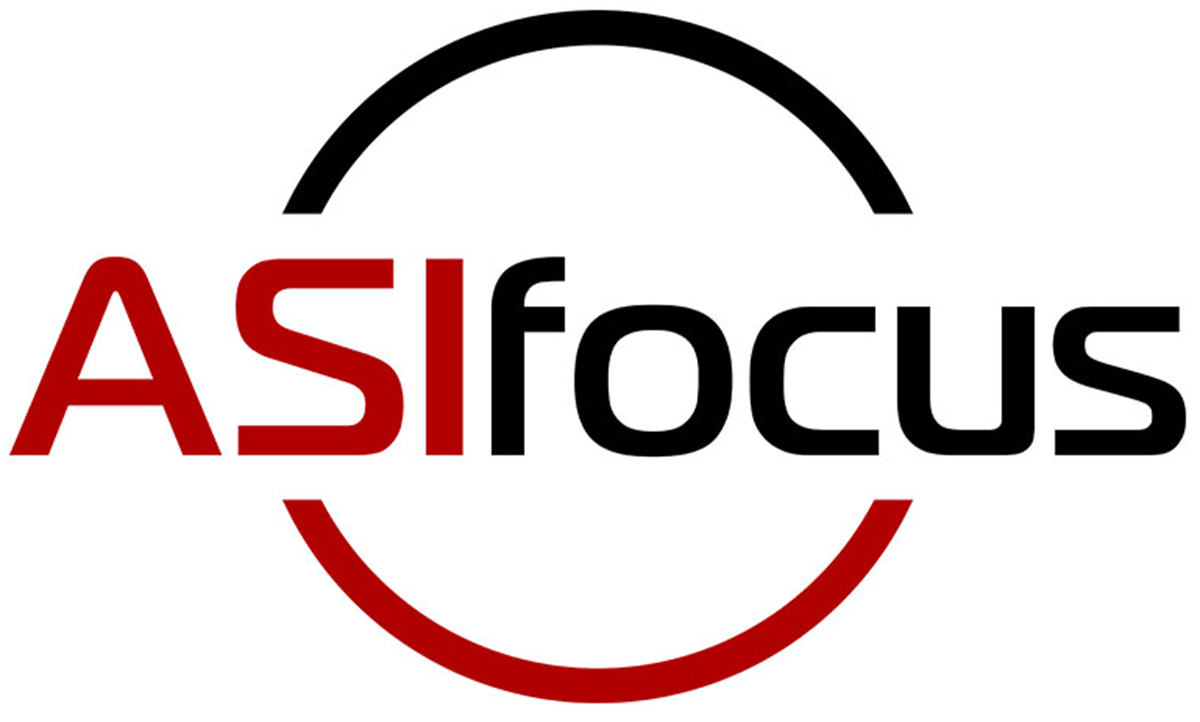 Your company is probably planning many projects this year to support its growth. Renovations to buildings and warehouses, machinery upgrades, and new projects are all part of your annual plan.
Your company is probably planning many projects this year to support its growth. Renovations to buildings and warehouses, machinery upgrades, and new projects are all part of your annual plan.
Tackling these projects without the right software to support the work can be a big headache. Tracking fixed assets, managing project plans, and handling budgets manually is a lot of work. Spreadsheets can be difficult to reconcile, and paper and pencil? Forget it!
Let’s move ahead into the 21st century and talk about software for fixed asset planning. Sage Fixed Assets Software (FAS) can help you plan, manage, and account for every item in your fixed assets list as you forge ahead with your projects. It’s a great tool that integrates with existing Sage products, such as Sage 100, for a robust software infrastructure to manage new company projects.
What’s Inside Sage Fixed Assets Software?
Sage Fixed Assets Software enables planning with multiple levels of detail tracking. This includes over 45 user-defined fields. Numerous built-in reports make it easy to use right out of the box.
Manage both capitalized and expensed assets at a glance. Key assets are also front and center, so you can quickly view and assess important assets.
Among the many benefits of Sage FAS are the ability to:
- View project status at a glance.
- Track project details including status, contacts, notes, and all the financials.
- Import invoices and other purchasing information from your Accounts Payable system.
- Create a new fixed asset upon project completion.
- Track the new asset depreciation automatically.
What’s New in Sage Fixed Assets 2018.0?
The new 2018 release of Sage Fixed Assets offers outstanding features that make it a great asset tracking product for small to mid-sized businesses. Among the new features in the 2018 release, users will find the following:
- Enhancements to the Custom Depreciation Method Confirmation.
- Improvements to the Book Information section of the Asset Detail window. This now includes lines from Prior Through date and Depreciation This Run.
- Ability to customize the Asset List view so you can see exactly what you need.
Additionally, the 2018 version fixes several items reported by customers as being incomplete or needed for their businesses These include:
- An alternative accounting period calendar that can be customized to your company’s fiscal year.
- Asset history tracking has been fixed. There was a bug that has been corrected.
- The CCH Prosystem fx integration no longer displays “error on Line 19 total”.
- Known Crystal Reports errors have been fixed.
Tips for Using Sage Fixed Assets
As you begin to explore the world within Sage Fixed Assets, here are a few tips that can make the software even more useful to you.
- Begin fixed asset tracking by establishing a sound baseline. Once you know what fixed assets you have, you can eliminate “ghost assets” or lost, stolen, or otherwise missing property from your system. According to the paper cited above, repeated audits of companies who track their fixed assets find that as high as 65% have “ghost assets” on the books. Because fixed assets are such a large part of the balance sheet, by eliminating ghost assets, you benefit from the cost savings in taxes.
- Conduct physical asset inventories Even if you think you know what your company’s physical assets are, you may be surprised at what you’ve obtained or sold over the past year. Take regular inventory of fixed assets to keep the records updated.
- Tag assets with the appropriate labels. Make sure you use the best barcode labels for each fixed asset. Foil, tamper resistant, vinyl or office labels can each be used for an asset but the right label on an asset helps you keep track of them longer. Equipment that is subjected to fluctuating temperatures, rain or snow or other weather conditions needs a more durable label than a copy machine inside an office building.
These and other tips for fixed asset tracking may be found in the Sage Best Practices for Fixed Asset Managers paper.
Fixed assets represent such a large portion of your company’s balance sheet that it makes sense to track them accurately. If the new year brings a renewed commitment to fixed asset tracking, make Sage FAS a priority.
Accounting Systems, Inc.
Accounting Systems Incorporated (ASI) provides ERP, accounting, and other software and systems to help your company grow. We focus on helping small to mid-sized companies improve operational efficiencies through the power of software and technology. For more information, visit our website, or call us at 803-252-6154.

